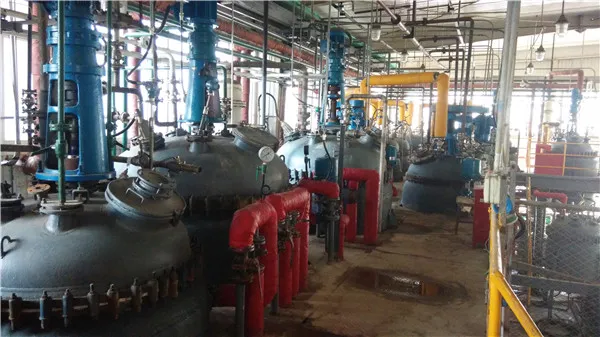The Significance of n% Methyl Urea in Agricultural and Industrial Applications
Methyl urea, a derivative of urea, is increasingly gaining attention in various fields, notably in agriculture and industrial applications. The formula 'n% methyl urea' usually denotes a concentration of methyl urea in a given solution, which is critical for optimizing its effectiveness for specific uses. Understanding the properties and applications of methyl urea can enhance its utility, maximize crop yields, and improve industrial processes.
Structure and Properties
Methyl urea (also known as methylene urea) is a compound that contains a methyl group attached to the urea structure. This chemical modification provides distinct properties, such as enhanced solubility and lower volatility compared to traditional urea. These properties make methyl urea particularly useful in the agricultural sector, where fertilizers play a crucial role in crop production. The ‘n%’ designation identifies the concentration of methyl urea in a formulation, which can influence nutrient release dynamics and overall plant health.
Agricultural Applications
In agriculture, methyl urea is primarily used as a slow-release fertilizer. Traditional urea fertilizers are known for their quick release of nitrogen, which can lead to nutrient leaching and environmental issues. Methyl urea, on the other hand, releases nitrogen at a slower rate, allowing for better absorption by plants and reducing the risk of leaching. This slow-release mechanism not only enhances nitrogen use efficiency (NUE) but also promotes sustainable agricultural practices.
n methyl urea

One of the key benefits of using n% methyl urea is its ability to improve soil health. By providing a steady supply of nitrogen, it encourages microbial activity and the development of organic matter in the soil. This not only benefits the current crop but also enhances the long-term fertility of the soil. Moreover, methyl urea’s lower volatility minimizes the risk of atmospheric nitrogen loss, thus reducing greenhouse gas emissions associated with nitrogen fertilizers.
Industrial Applications
Aside from agriculture, methyl urea finds applications in various industrial processes. In the manufacturing of resins and plastics, it serves as a feedstock due to its reactivity and ability to form stable chemical bonds. Methyl urea is also used in the production of adhesives and coatings, where its properties contribute to the durability and performance of the final product.
Furthermore, methyl urea is being explored for its potential in creating environmentally-friendly materials. With the rising global emphasis on sustainability, industries are increasingly looking for alternatives to traditional petrochemical products. Methyl urea, derived from renewable resources, aligns well with this trend and offers a promising avenue for the development of green chemistry applications.
Conclusion
The importance of n% methyl urea in agriculture and industry cannot be overstated. Its role as a slow-release fertilizer contributes to enhanced crop yields and sustainable farming practices, while its versatility in industrial applications presents opportunities for developing eco-friendly materials. As research and development continue, the full potential of methyl urea will likely expand, paving the way for innovative solutions to some of the pressing challenges faced in food production and industrial sustainability. By embracing such advancements, we can work toward a more environmentally conscious and productive future.

